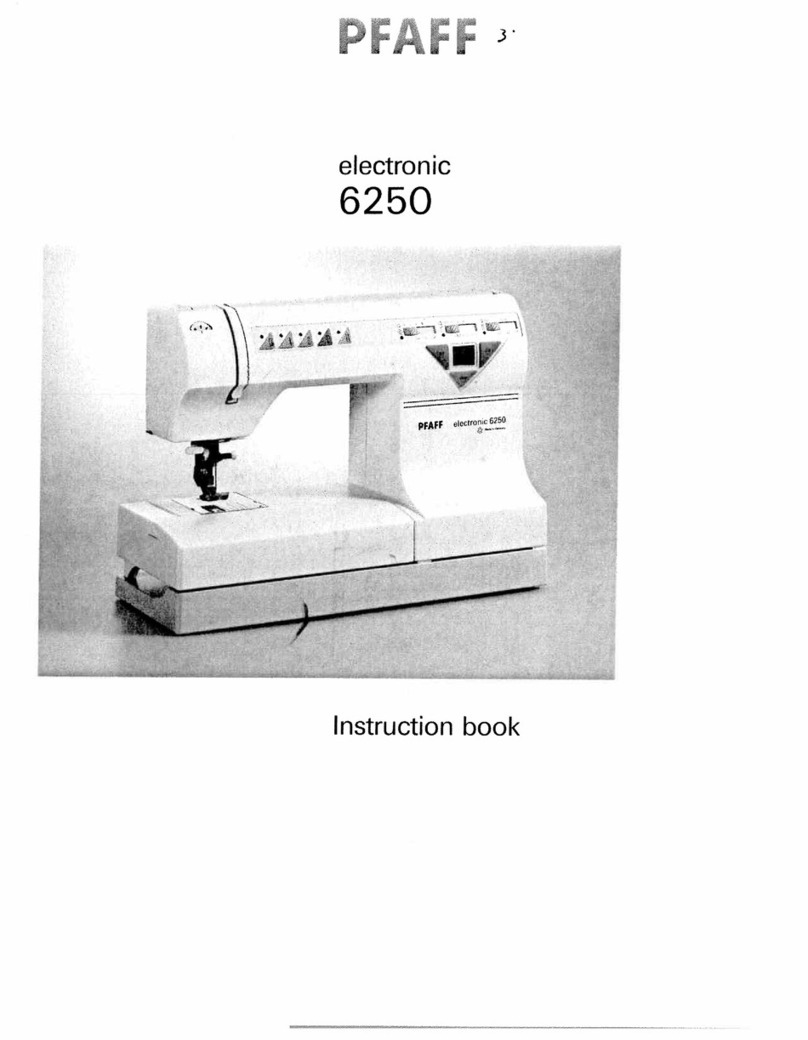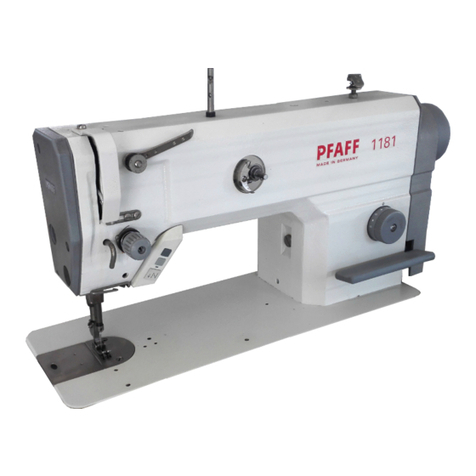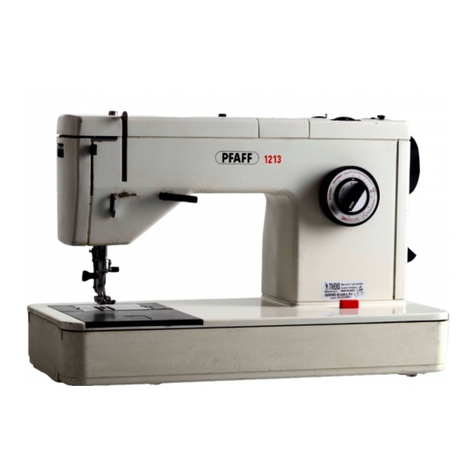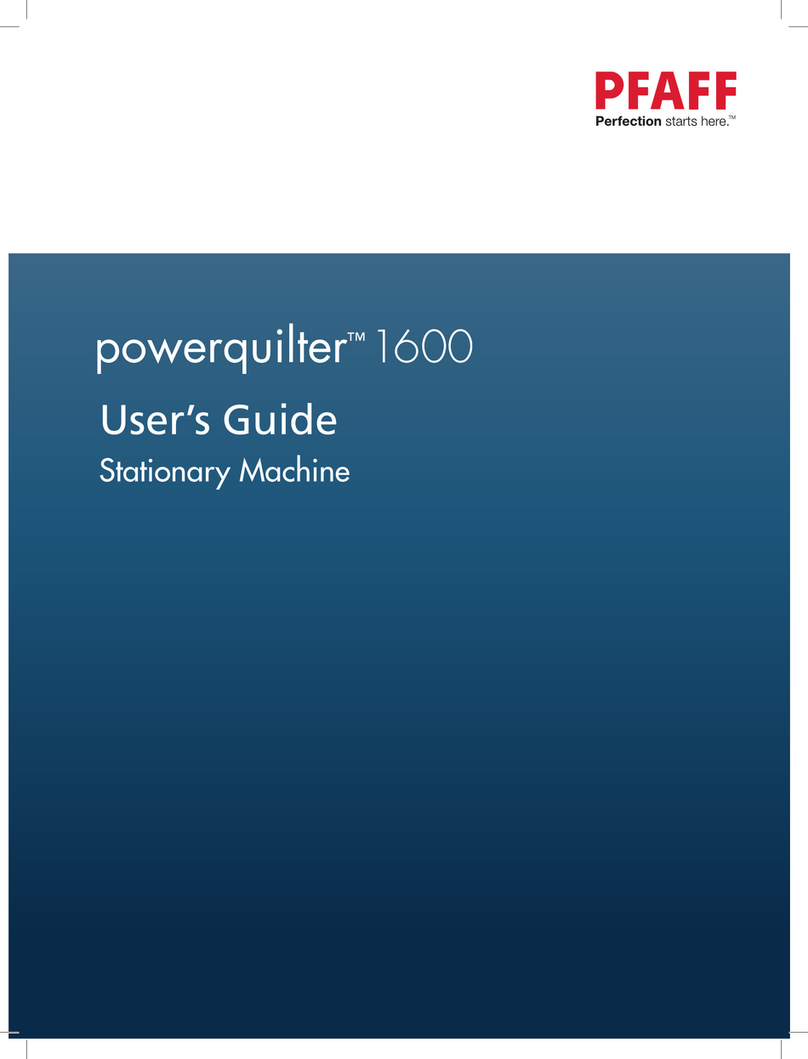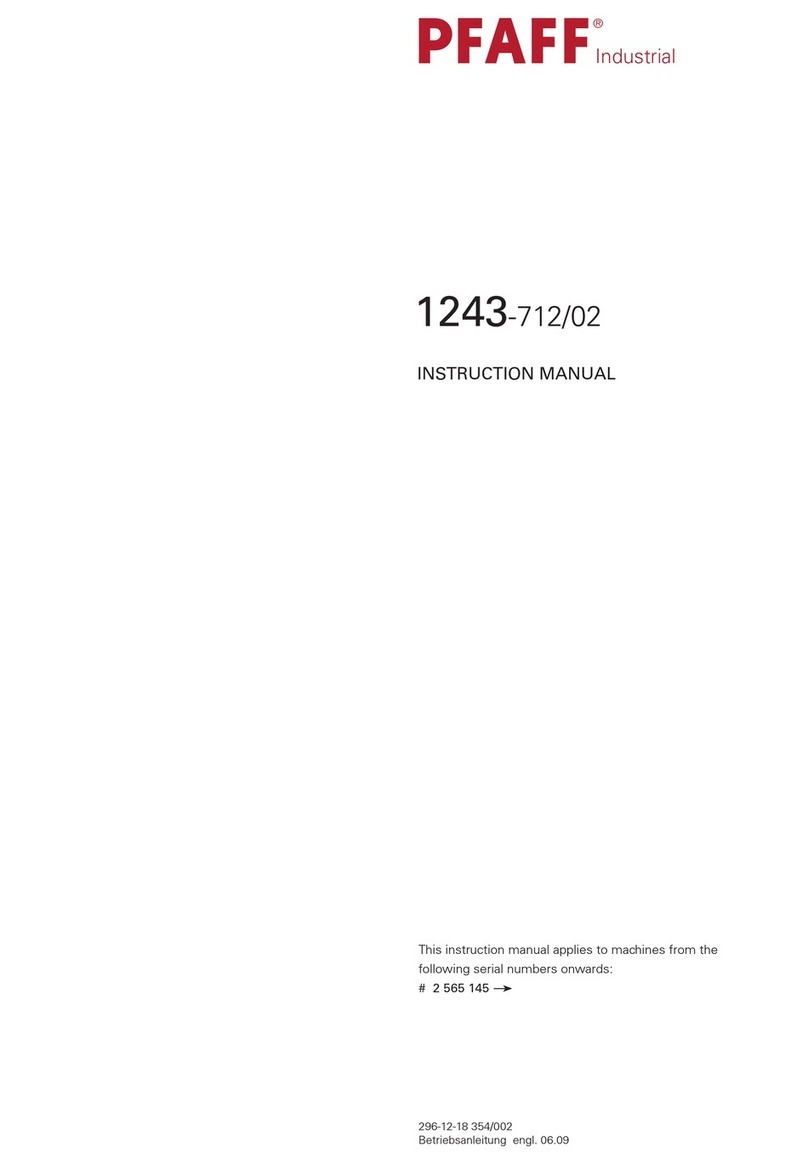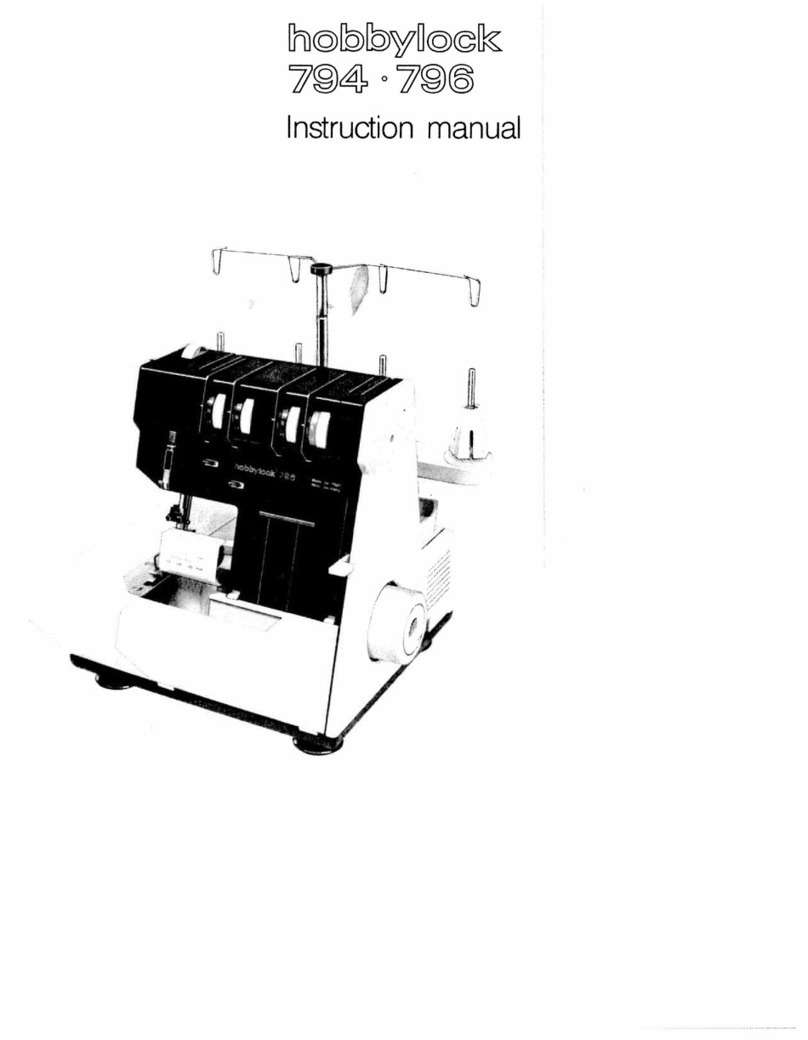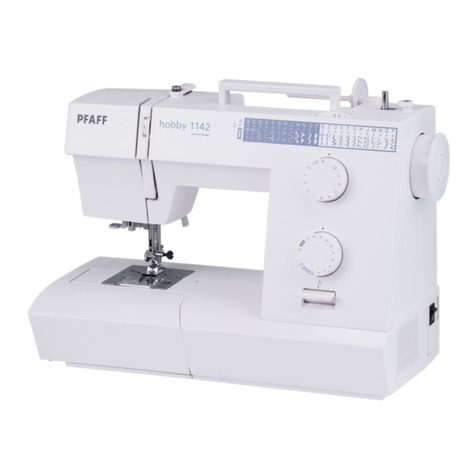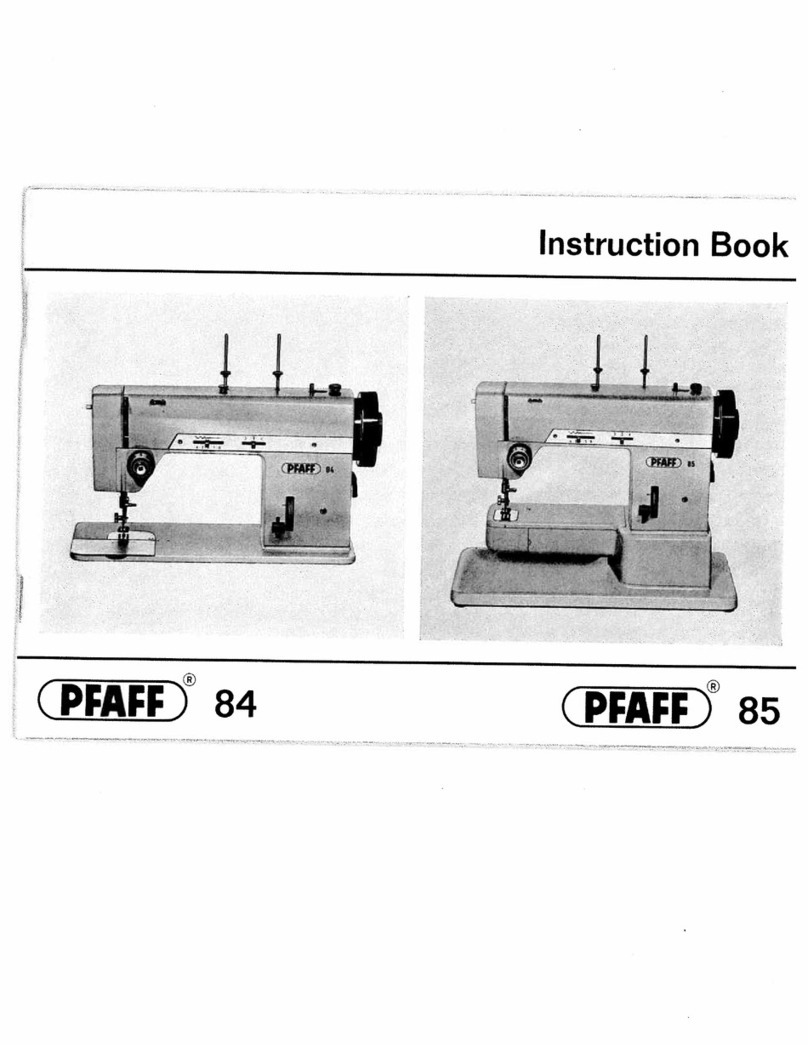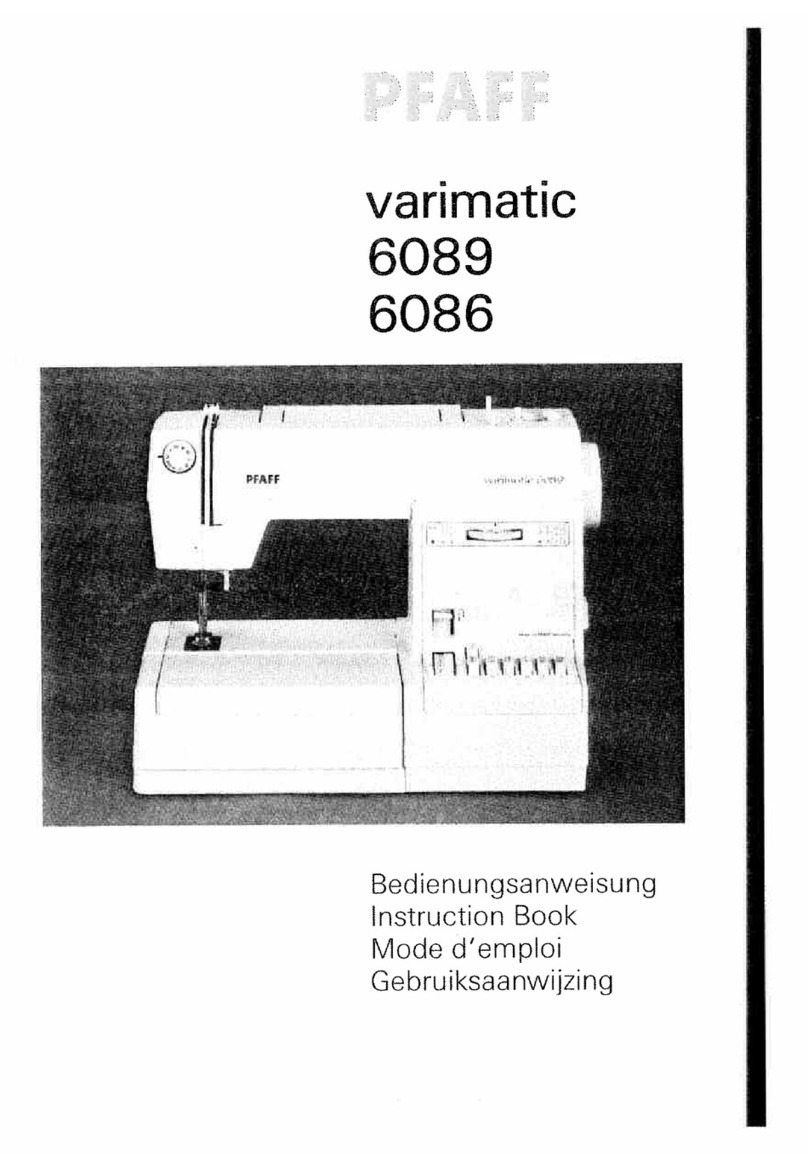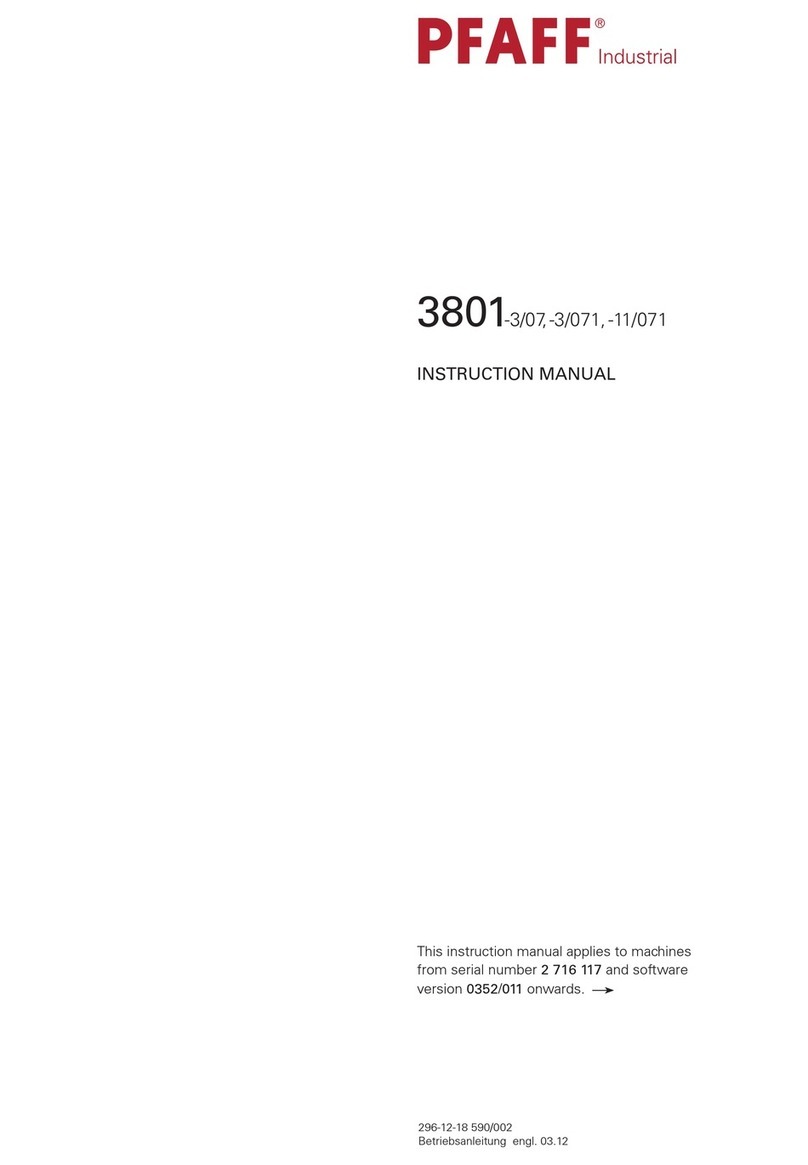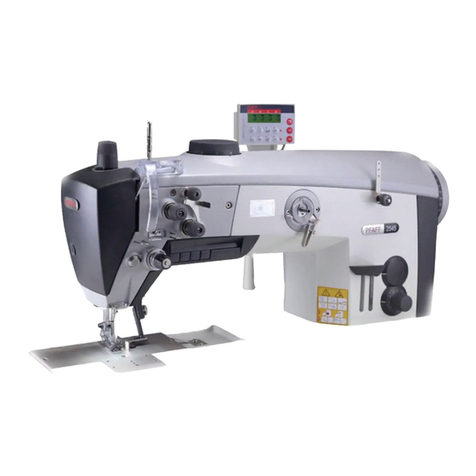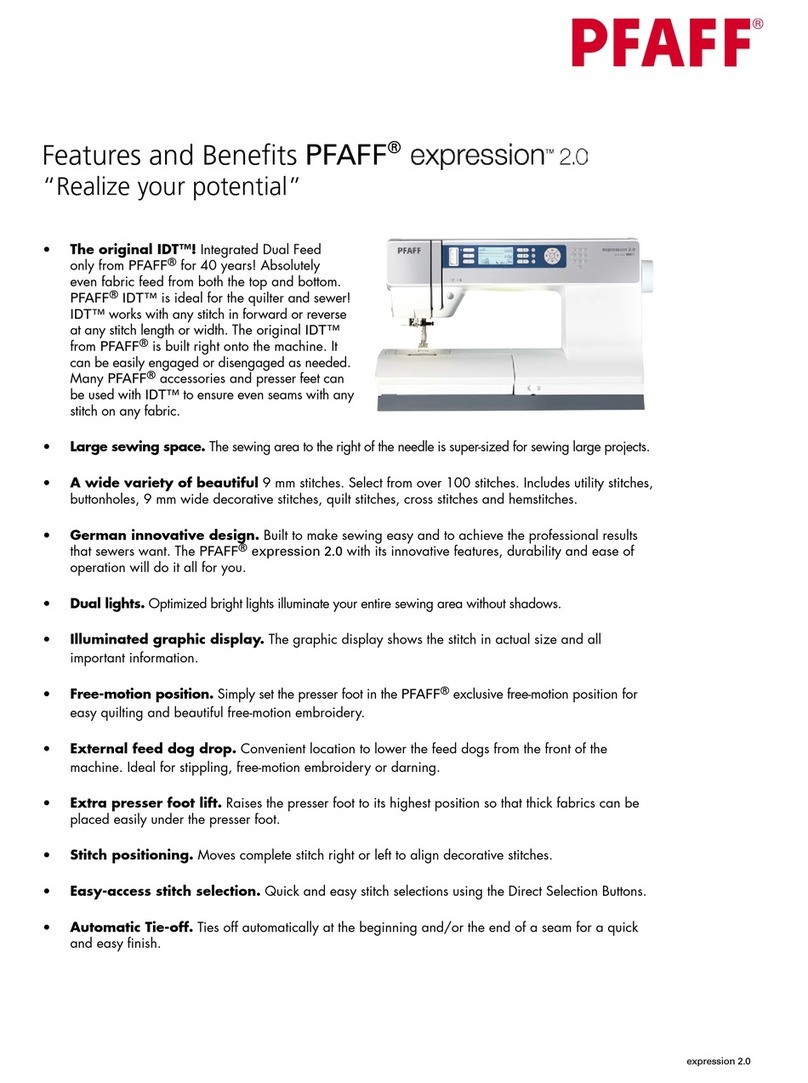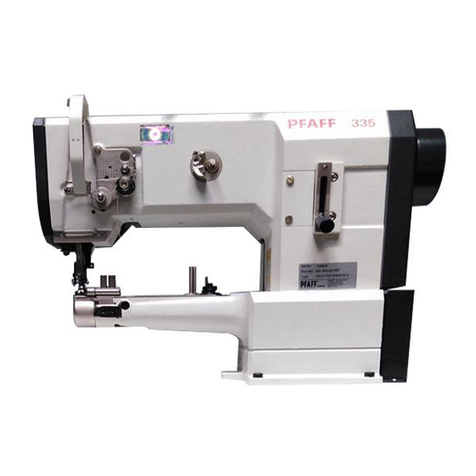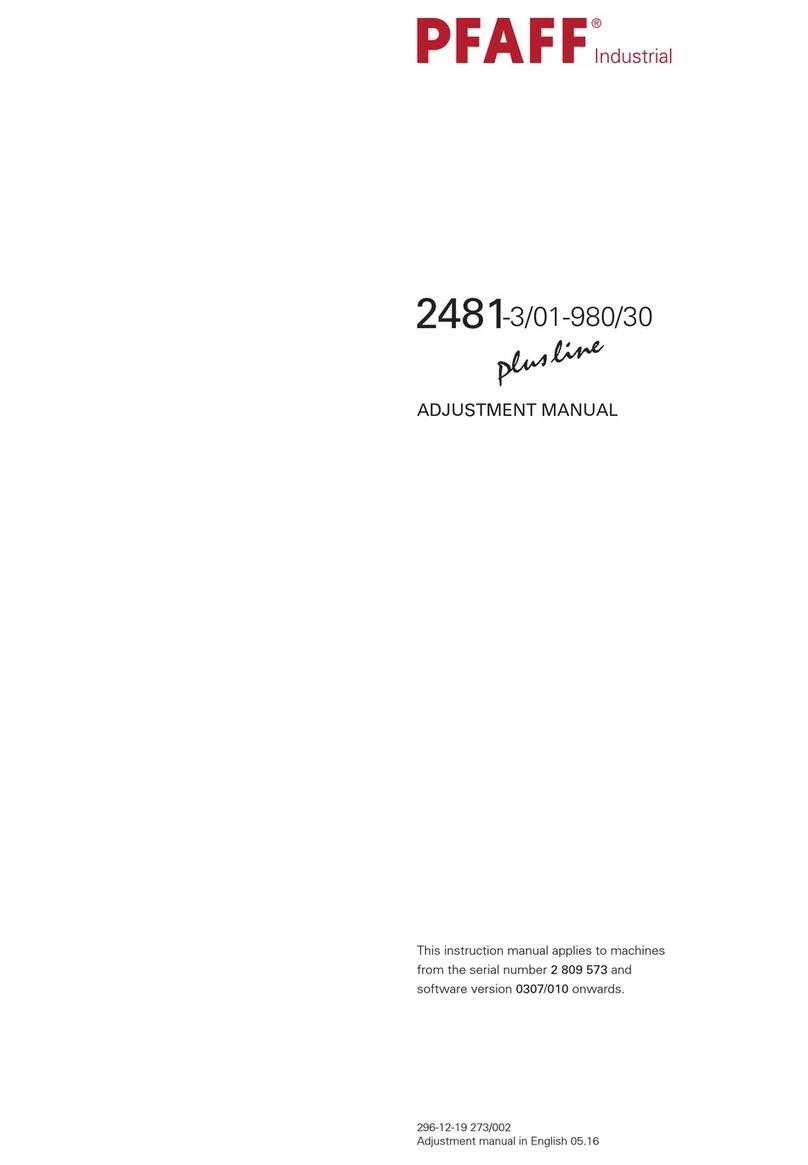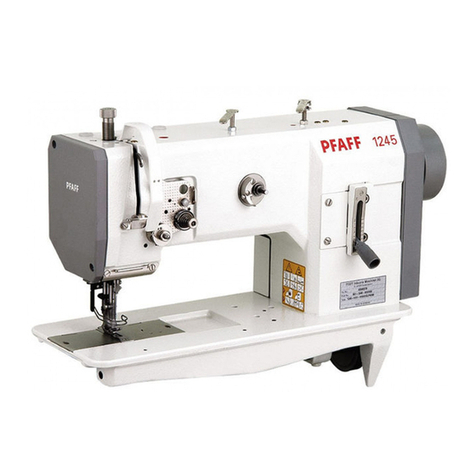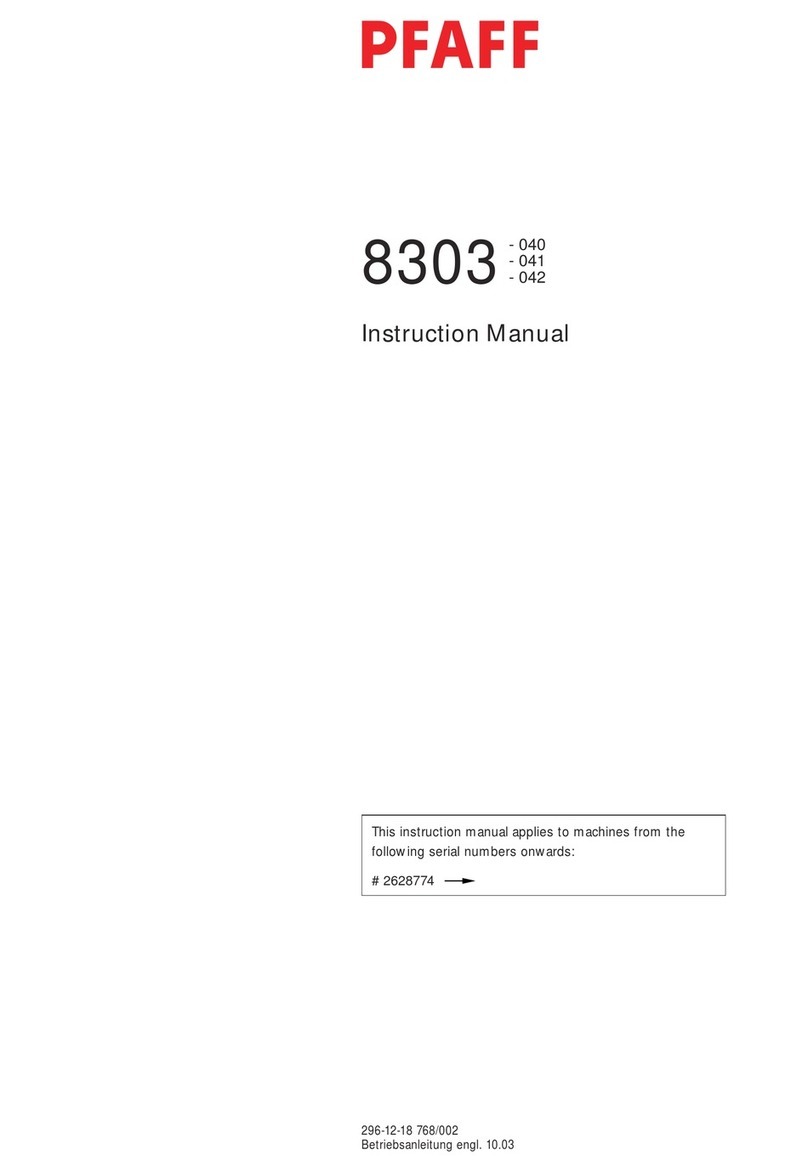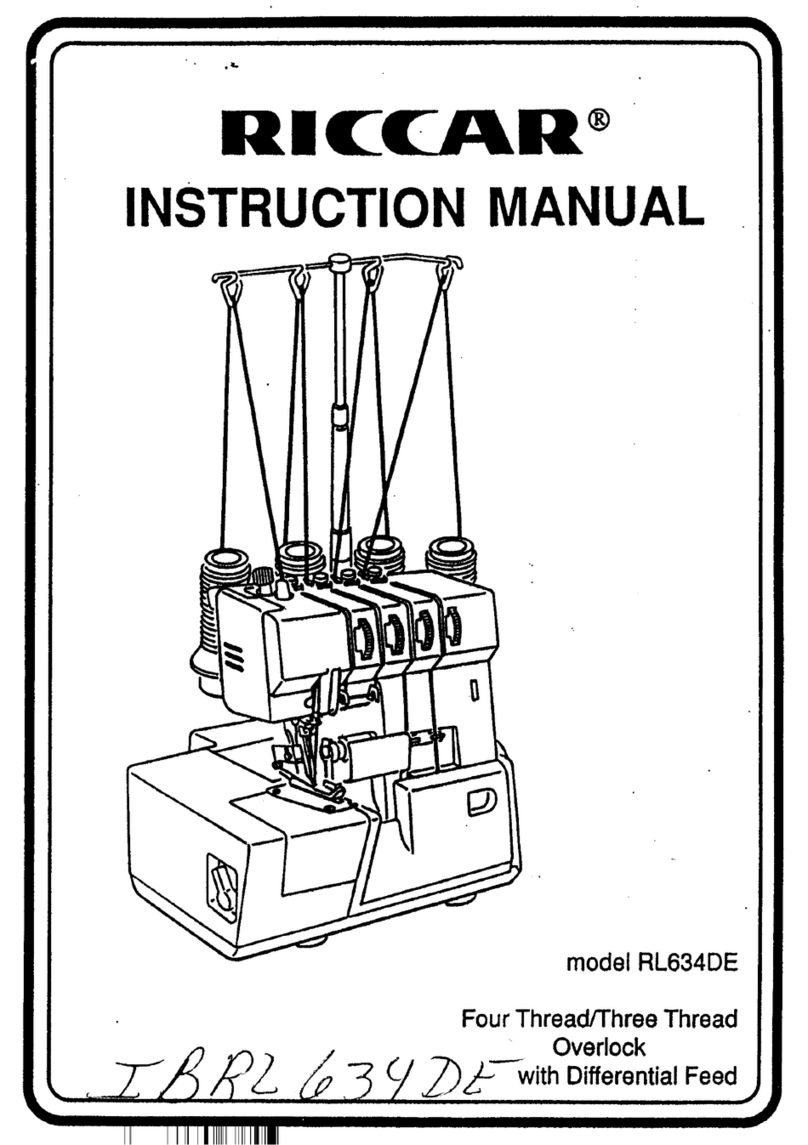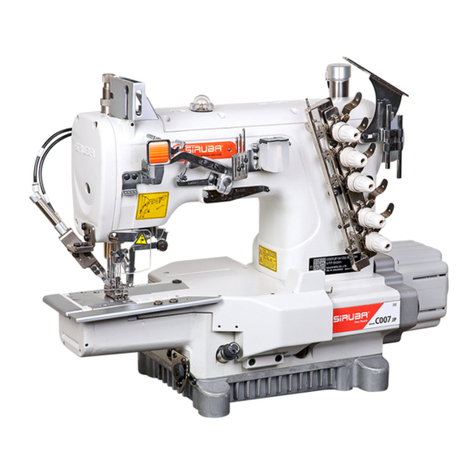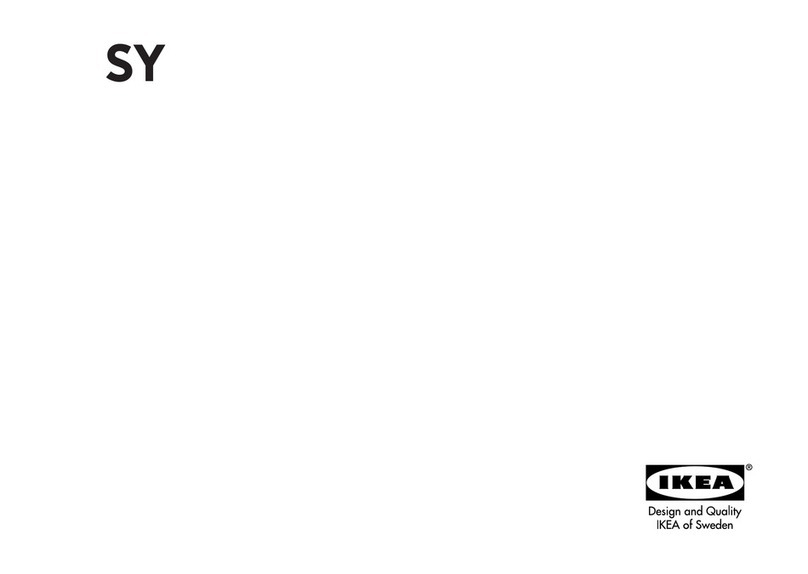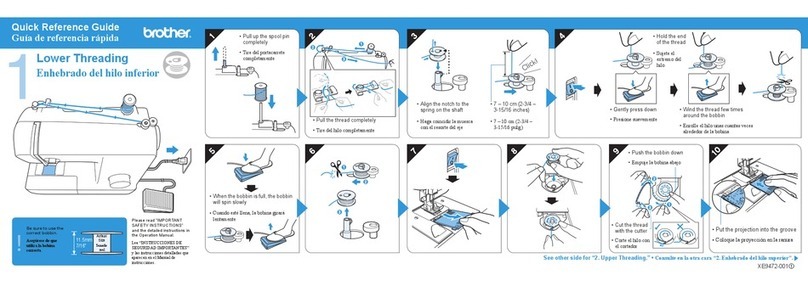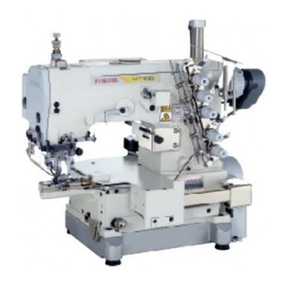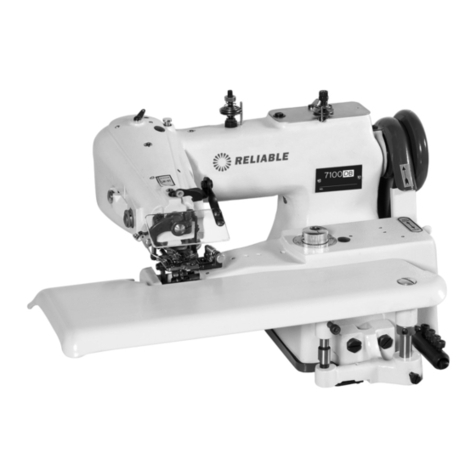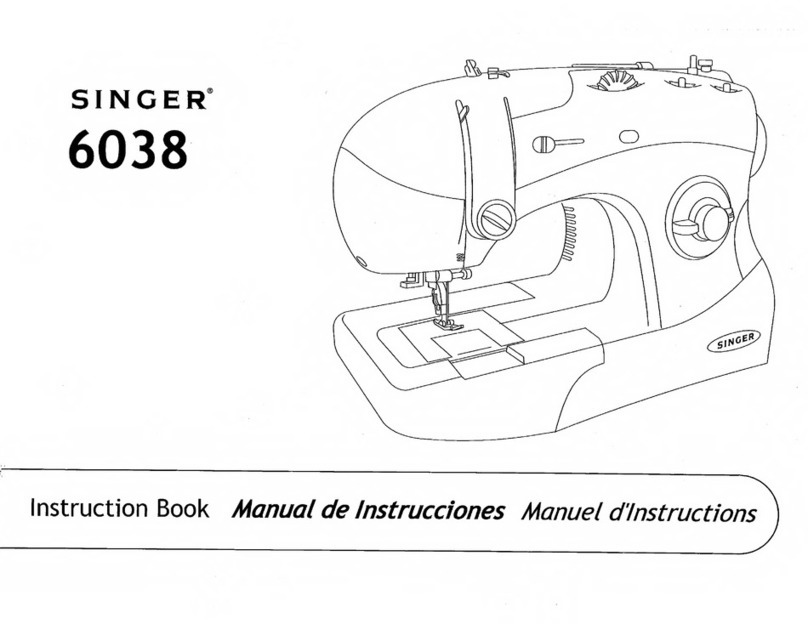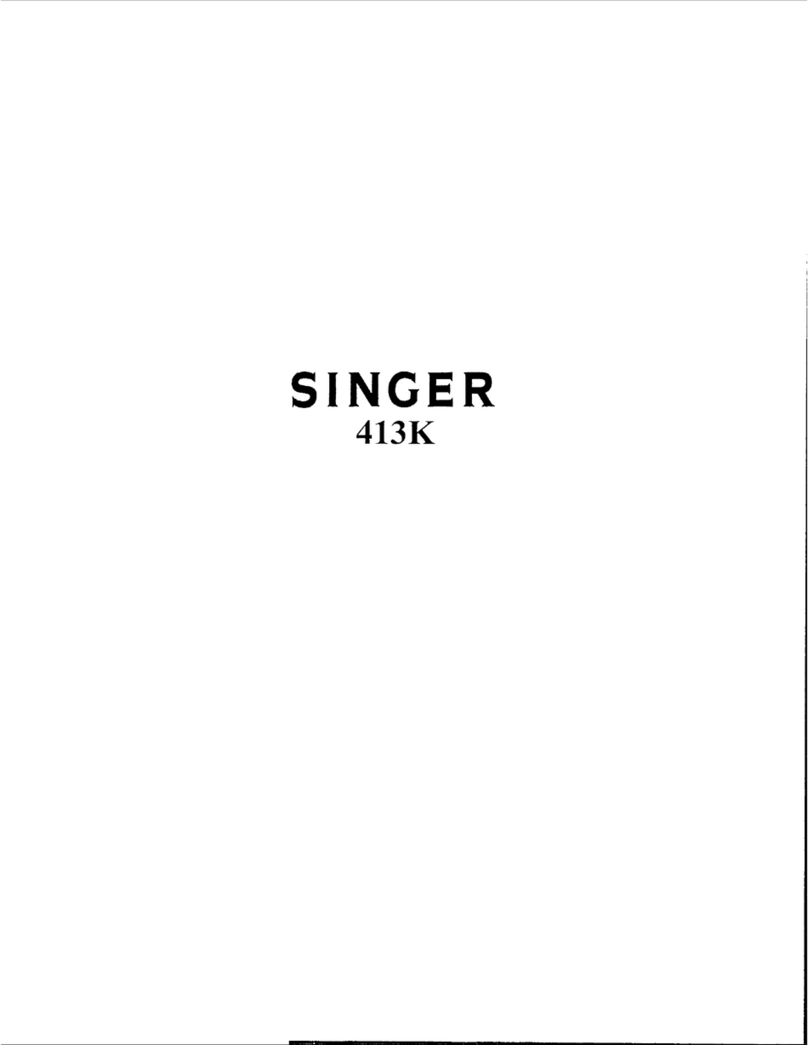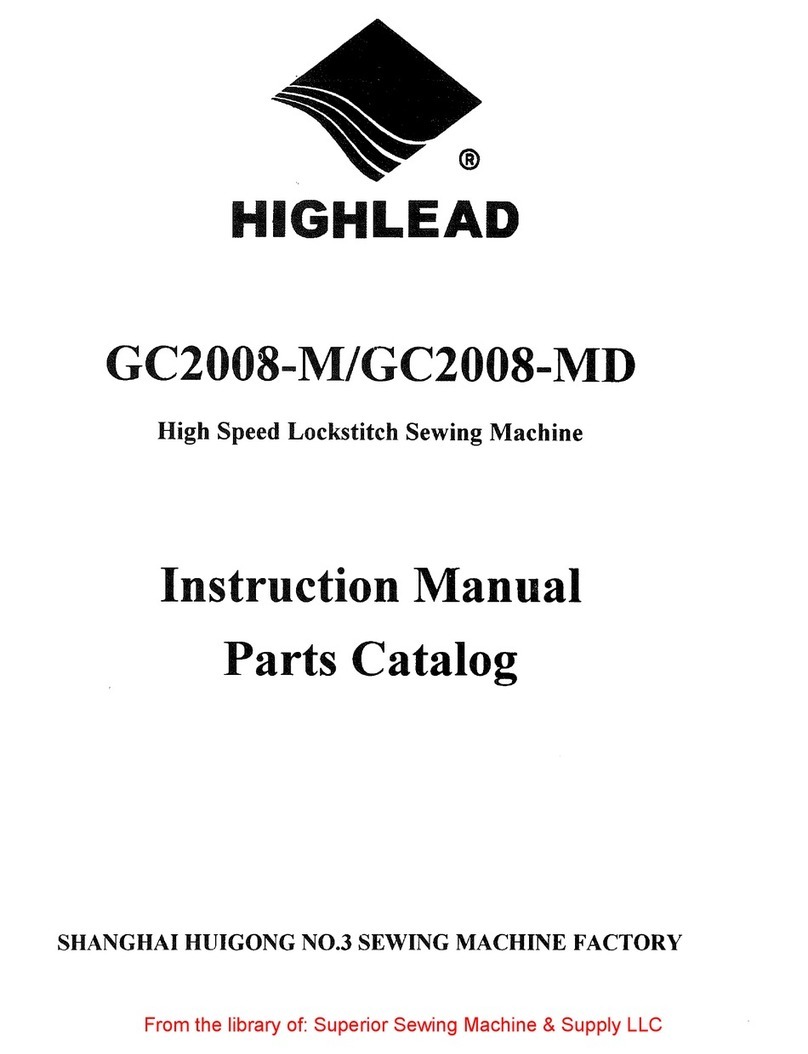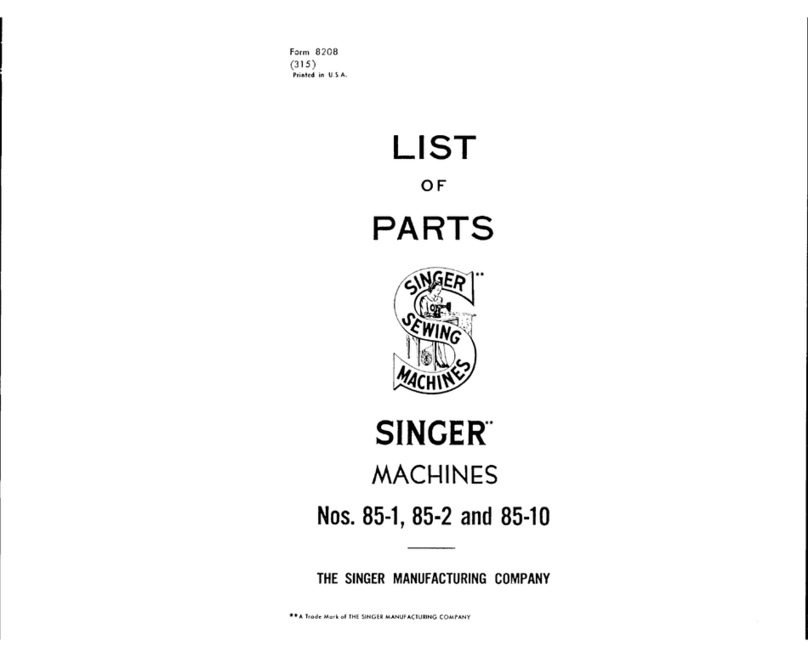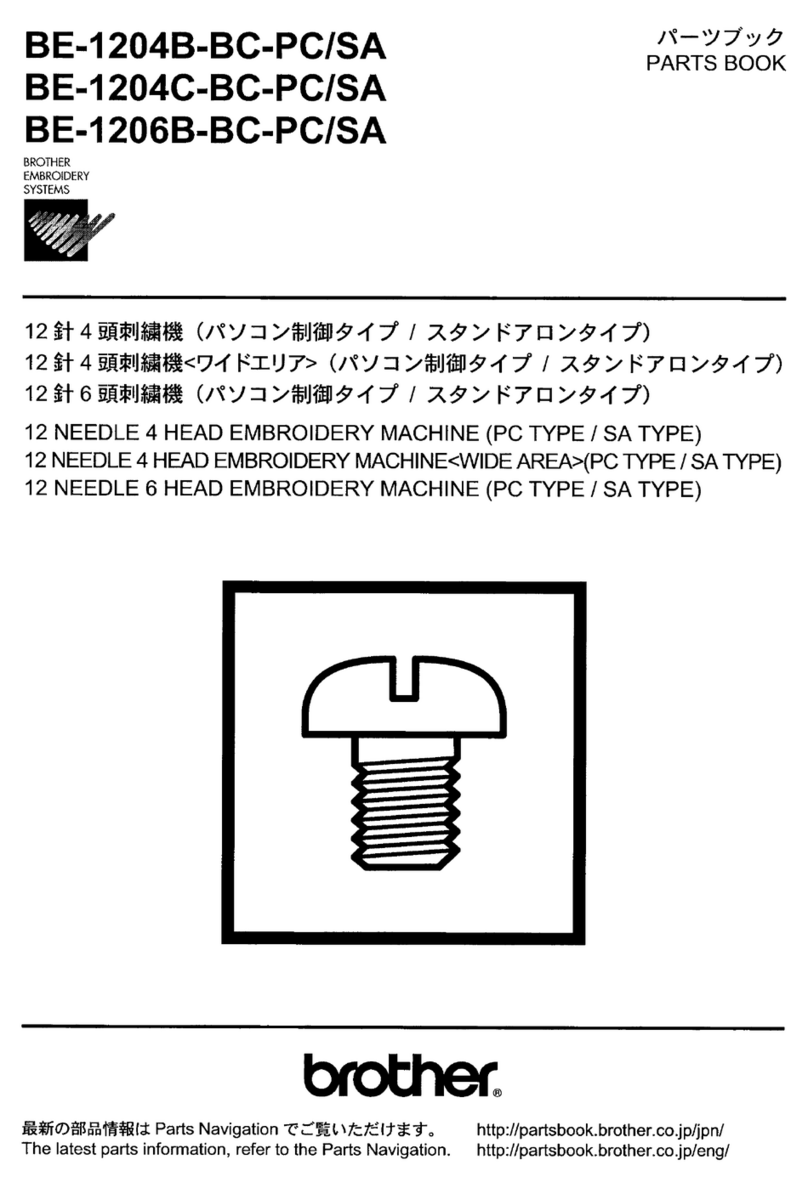Index
Contents .................................................................................Chapter-Page
8.01.06 Assembling the reel stand ......................................................................................... 8 - 4
8.02 Commissioning .......................................................................................................... 8 - 4
8.03 Switching the machine on/off .................................................................................... 8 - 4
9Setting up ................................................................................................................. 9 - 1
9.01 Inserting the needle on the PFAFF 1295 ................................................................... 9 - 1
9.02 Inserting the needle on the PFAFF 1296 ................................................................... 9 - 2
9.03 Winding the bobbin thread, regulating the winder tension ........................................ 9 - 3
9.04 Changing the bobbin .................................................................................................. 9 - 4
9.05 Threading the bobbin thread and regulating the bobbin thread tension......................... 9 - 4
9.06 Threading needle thread/adjusting needle thread tension on the PFAFF 1295 .................... 9 - 5
9.07 Threading needle thread/adjusting needle thread tension on the PFAFF 1296 .................... 9 - 6
10 Care and maintenance........................................................................................... 10 - 1
10.01 Cleaning ................................................................................................................... 10- 1
10.02 General oiling ........................................................................................................... 10 - 2
10.03 Oiling the sewing hook ............................................................................................ 10 - 3
10.04 Oiling the needle-head parts .................................................................................... 10 - 4
10.05 Lubricating the top-feed drive eccentric................................................................... 10 - 4
10.06 Checking/regulating the air pressure........................................................................ 10 - 5
10.07 Emptying/cleaning the water bowl of the air filter/regulator .................................... 10 - 5
11 Adjustment ............................................................................................................. 11 - 1
11.01 Tools, gauges and other equipment for adjusting .................................................... 11 - 1
11.02 Notes on adjustment ............................................................................................... 11 - 1
11.03 Abbreviations ........................................................................................................... 11 - 1
11.04 Adjusting the basic machine .................................................................................... 11 - 2
11.04.01 Position of the bottom feed dog crosswise to sewing direction.............................. 11 - 2
11.04.02 Adjusting the bottom feed dog in sewing direction ................................................. 11 - 3
11.04.03 Bottom feed dog height........................................................................................... 11 - 4
11.04.04 Needle height (preliminary adjustment) ................................................................... 11 - 5
11.04.05 Needle in needle-hole centre ................................................................................... 11 - 6
11.04.06 Bottom feed dog lifting motion ................................................................................ 11 - 7
11.04.07 Feeding stroke of bottom and top feeds.................................................................. 11 - 8
11.04.08 Hook clearance, needle rise, needle height and needle guard................................. 11 - 9
11.04.09 Top feed stroke........................................................................................................ 11 -11
11.04.10 Top feed lifting motion............................................................................................. 11 -12
11.04.11 Bobbin case opener ................................................................................................. 11 -13
11.04.12 Slip coupling.............................................................................................................11 -14
11.04.13 Needle-thread tension release ................................................................................. 11 -15
11.04.14 Thread check spring, without subclass -900/56 ....................................................... 11 -16
11.04.15 Thread check spring on the PFAFF 1296 with subclass -900/56.............................. 11 -17
11.04.16 Bobbin winder.......................................................................................................... 11 -18
11.04.17 Pressure of the lifting presser.................................................................................. 11 -19

